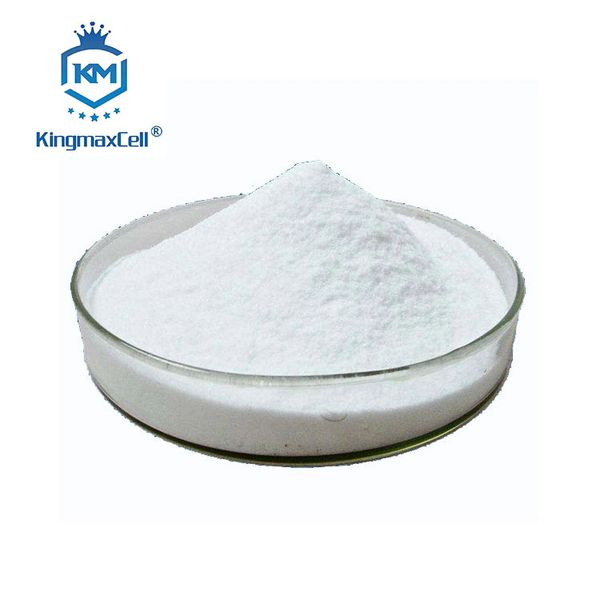Hydroxypropyl Methyl Cellulose (HPMC) is a versatile cellulose ether used in various industries due to its unique properties such as water retention, thickening, film-forming, and adhesion enhancement. HPMC is divided into several grades based on its viscosity, degree of substitution, and specific application requirements. This article explores the different grades of HPMC and their respective uses, highlighting how these variations affect its performance in various applications.
Understanding the Different Grades of HPMC
HPMC is categorized into various grades based on:
- Viscosity: Measured in millipascal-seconds (mPa.s) at a given concentration and temperature.
- Degree of Substitution: The number of hydroxypropyl and methyl groups attached to the cellulose backbone.
- Purity and Additives: Presence of any additional compounds that may modify its properties.
Key Differences and Uses of Various HPMC Grades
- Construction Grade HPMC
- Low Viscosity HPMC
- Use: Primarily used in self-leveling compounds and tile adhesives.
- Benefits: Enhances workability and provides excellent water retention, ensuring even drying and strong adhesion.
- Medium Viscosity HPMC
- Use: Commonly used in cement-based plasters, renders, and mortars.
- Benefits: Provides a good balance between workability and strength, improves sag resistance, and enhances the application performance.
- High Viscosity HPMC
- Use: Suitable for wall putties, joint fillers, and thick-bed tile adhesives.
- Benefits: Offers superior water retention and high bonding strength, improves crack resistance, and ensures a smooth finish.
- Low Viscosity HPMC
- Pharmaceutical Grade HPMC
- Low Viscosity HPMC
- Use: Often used in tablet film coatings and as a binder in tablet formulations.
- Benefits: Enhances the stability and appearance of tablets, controls the release of active ingredients, and improves tablet integrity.
- Medium Viscosity HPMC
- Use: Used in controlled-release formulations and as a thickener in suspensions.
- Benefits: Ensures a consistent and sustained release of active ingredients, improves the viscosity of liquid formulations, and enhances patient compliance.
- High Viscosity HPMC
- Use: Suitable for use as a gel matrix in controlled-release tablets and capsules.
- Benefits: Provides excellent gel formation, prolongs the release of active ingredients, and ensures uniform drug delivery.
- Low Viscosity HPMC
- Food Grade HPMC
- Low Viscosity HPMC
- Use: Employed as a thickener and stabilizer in beverages and sauces.
- Benefits: Enhances texture, prevents phase separation, and improves the mouthfeel of liquid products.
- Medium Viscosity HPMC
- Use: Used in baked goods, dairy products, and dressings.
- Benefits: Improves moisture retention, stabilizes emulsions, and enhances the shelf life of food products.
- High Viscosity HPMC
- Use: Suitable for use in gluten-free products and as a fat replacer.
- Benefits: Provides structure and volume in baked goods, mimics the texture of fats, and improves the overall quality of gluten-free foods.
- Low Viscosity HPMC
- Personal Care and Cosmetic Grade HPMC
- Low Viscosity HPMC
- Use: Used in shampoos, conditioners, and hair sprays.
- Benefits: Enhances the viscosity and stability of hair care products, provides a smooth application, and improves the overall feel.
- Medium Viscosity HPMC
- Use: Commonly used in lotions, creams, and serums.
- Benefits: Provides a creamy texture, improves the spreadability of products, and enhances moisture retention.
- High Viscosity HPMC
- Use: Suitable for use in gels, masks, and styling products.
- Benefits: Offers excellent film-forming properties, improves the texture and consistency, and enhances product performance.
- Low Viscosity HPMC
Conclusion
Hydroxypropyl Methyl Cellulose (HPMC) is available in various grades, each tailored to specific applications based on its viscosity, degree of substitution, and other properties. The choice of HPMC grade significantly impacts its performance in different industries, from construction and pharmaceuticals to food and personal care products. By understanding the differences between these grades, manufacturers can select the appropriate HPMC type to achieve optimal results, ensuring high-quality and effective products.


